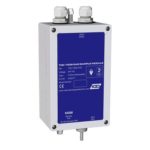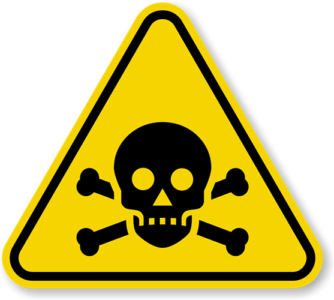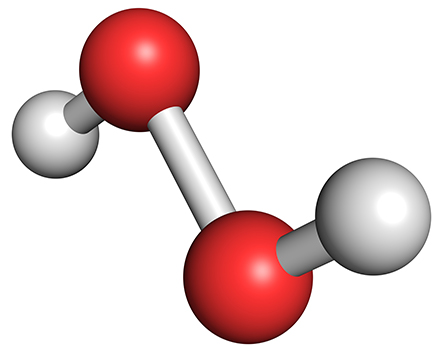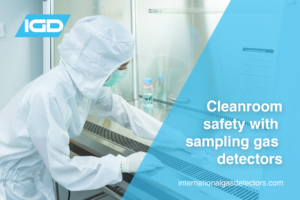Toxic Dangers of Hydrogen Peroxide
In its pure form Hydrogen Peroxide is a very pale blue liquid, slightly more viscous than water. It is used as an oxidizer, bleaching agent, and antiseptic. Concentrated hydrogen peroxide, or “high-test peroxide”, is a reactive oxygen species and has been used as a propellant in rocketry.
Hydrogen Peroxide can be corrosive to the eyes, skin, and respiratory system. This chemical can cause burns to the skin and tissue damage to the eyes.
Take special caution to avoid contact with hydrogen peroxide mist. Household-grade concentrations of this chemical are generally considered safe to use, but should never be ingested. Due to these potential hazards, hydrogen peroxide should be handled with care.
Hydrogen peroxide is most commonly available as a solution in water. For consumers, it is usually available from pharmacies at 3 and 6 % by weight concentrations. The concentrations are sometimes described in terms of the volume of oxygen gas generated; one millilitre of a 20-volume solution generates twenty millilitres of oxygen gas when completely decomposed. For laboratory use, 30 wt% solutions are most common. Commercial grades from 70% to 98% are also available, but due to the potential of solutions of more than 68% hydrogen peroxide to be converted entirely to steam and oxygen (with the temperature of the steam increasing as the concentration increases above 68%) these grades are potentially far more hazardous and require special care in dedicated storage areas.







